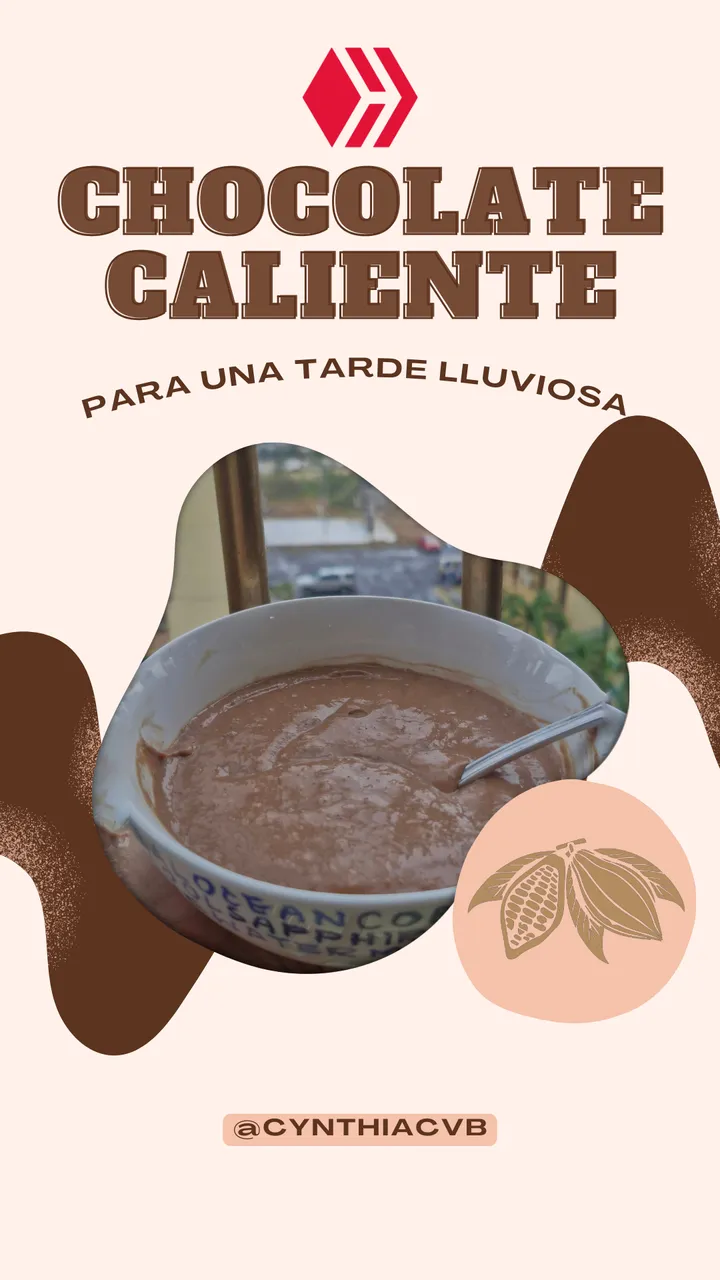
Hola amigos amantes del chocolate, hoy quiero confesar un placer culposo que es tomar chocolate caliente en los días de lluvia. ¿Por qué, quién puede resistirse a esos climas?
Esta es una costumbre que viene de muchos años atrás. Mi mami decía que, cuándo era chiquita, su papá no podía ver que las nubes se ponían grises, que inmediatamente montaba la olla de chocolate. Él, aunque falleció cuando yo tenía 10 años de edad, recuerdo lo delicioso que eran sus chocolates, luego mi mami continuo con esa deliciosa tradición y aunque ya no vivimos en el mismo lugar, me toco un día de lluvia continuar la tradición, fue así como intenté realizar mi primer chocolate caliente.
Olvidaba comentarles que la manera tradicional en que lo hacía mi abuelo no era con chocolate de taza industrial, sino que lo realizaba con la pasta de cacao que vendían en los pueblos de mi Venezuela.
Hace poco, cuando fui al pueblo de río Brito, me regalaron una bola de esa pasta de cacao que con el tiempo se solidifica, pero ella se puede volver a disolver. Es por eso que hoy les comentaré la manera en como lo realizaban ellos y cómo yo lo realicé recordando su receta.
Cabe destacar que no medí cantidades exactas porque fui probando poco a poco hasta que quedó el sabor y el espesor que estaba buscando, ya que siento que el chocolate caliente es algo a gusto de cada quien. A mí me gusta bien espeso que pueda comer con cuchara y poco azúcar.
Ingredientes:
- Cacao
- Leche en polvo.
- Maicena
- azúcar
- clavo especie
- canela en rama
Procedimiento:
En una olla con agua agregar la canela en palo y los clavitos, cuando esté hirviendo agregar el cacao previamente rayado, mover con un batidor hasta que se disuelva, luego agregar la leche y la maicena y por último la azúcar, mover constantemente hasta que hierva y espese y apagar en aproximadamente 5 minutos.
Para mí el cacao venezolano es uno de los mejores del mundo y disfrutarlo en una tarde lluviosa es aún más delicioso. Nos vemos en una próxima publicación, gracias por todo el apoyo y por todo el amor.
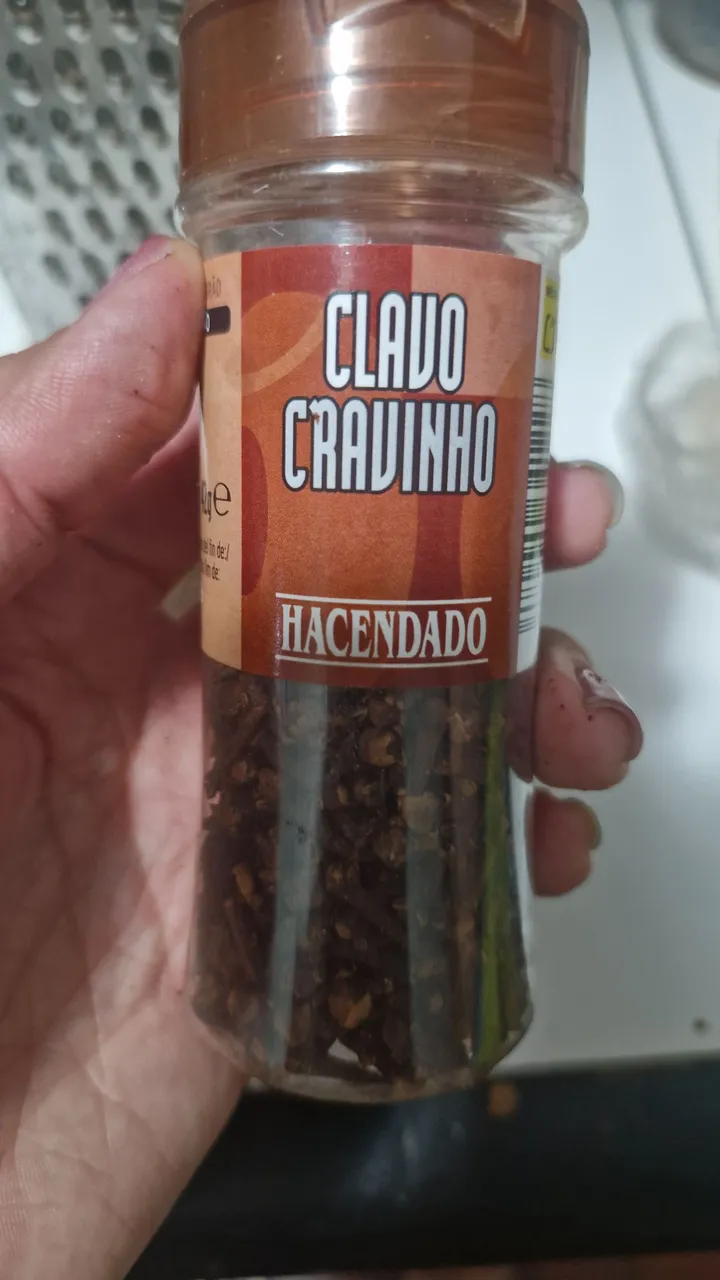
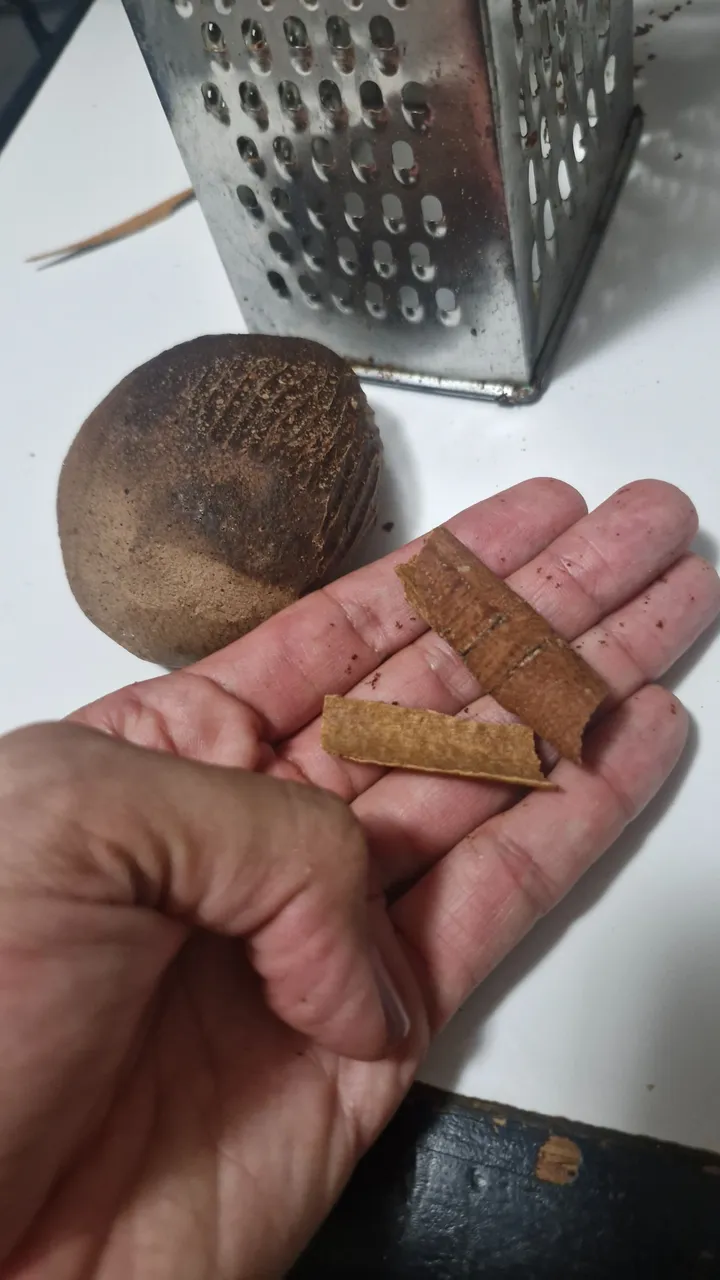

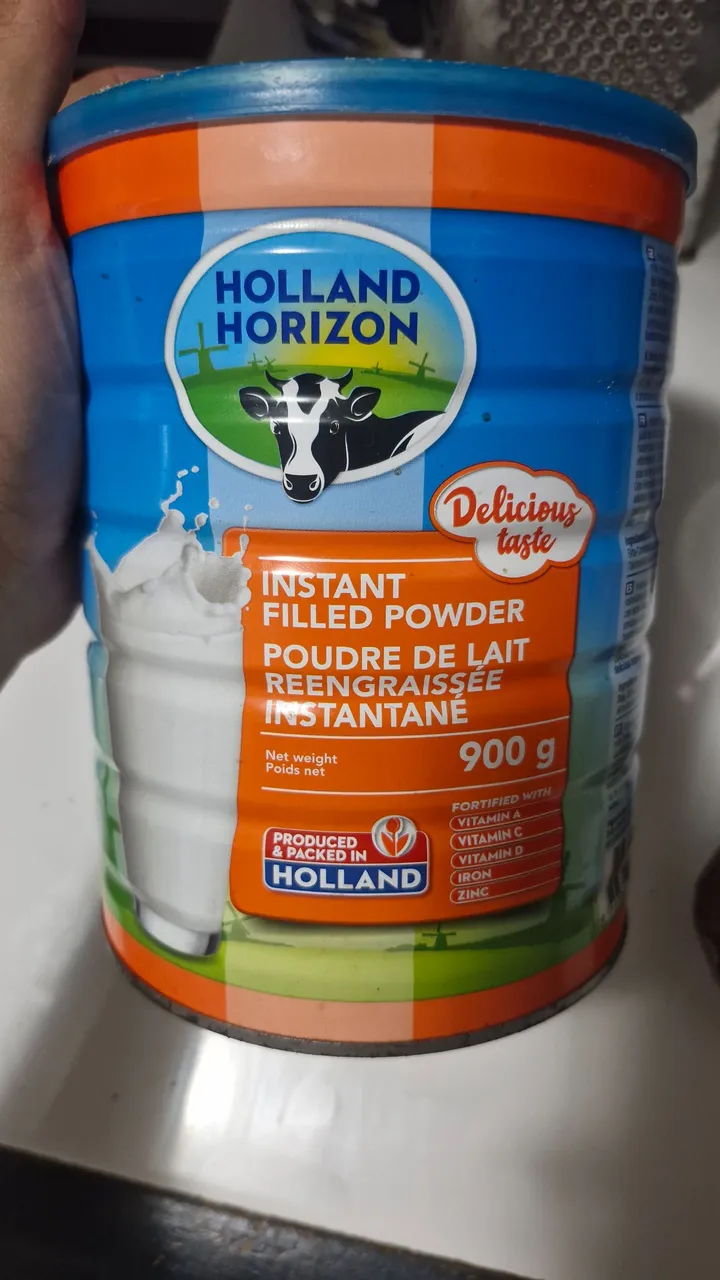
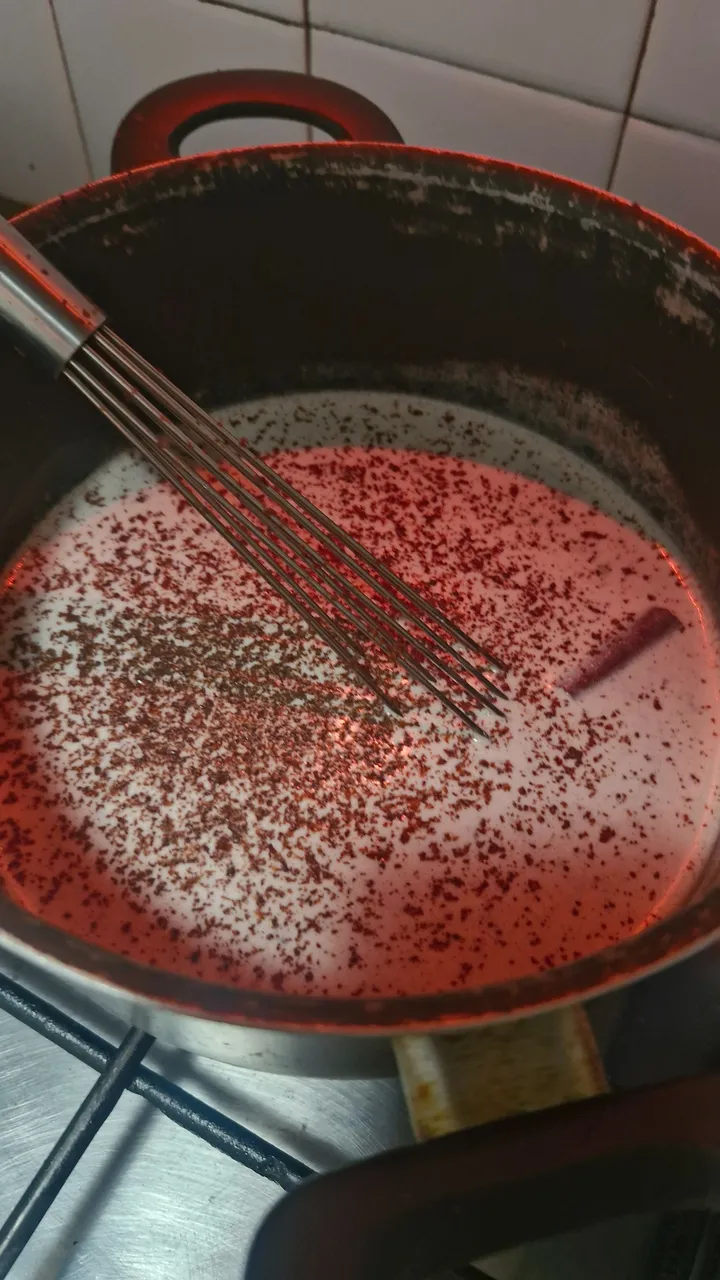
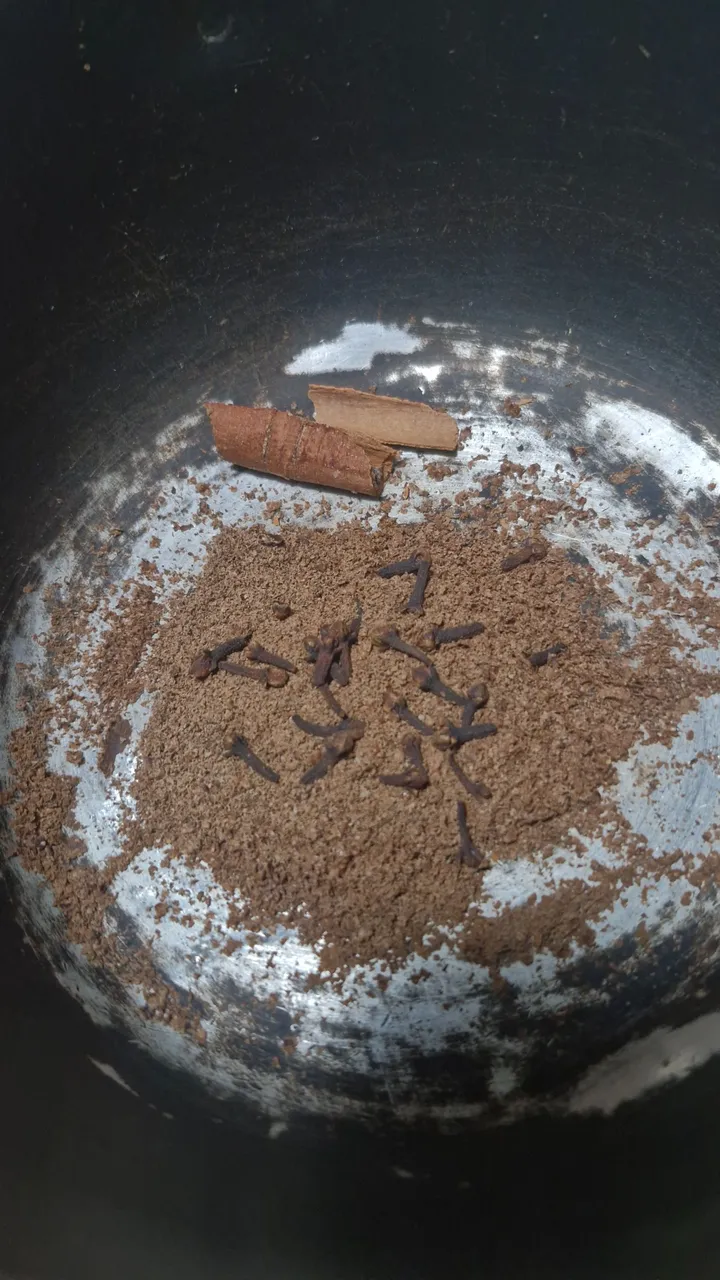
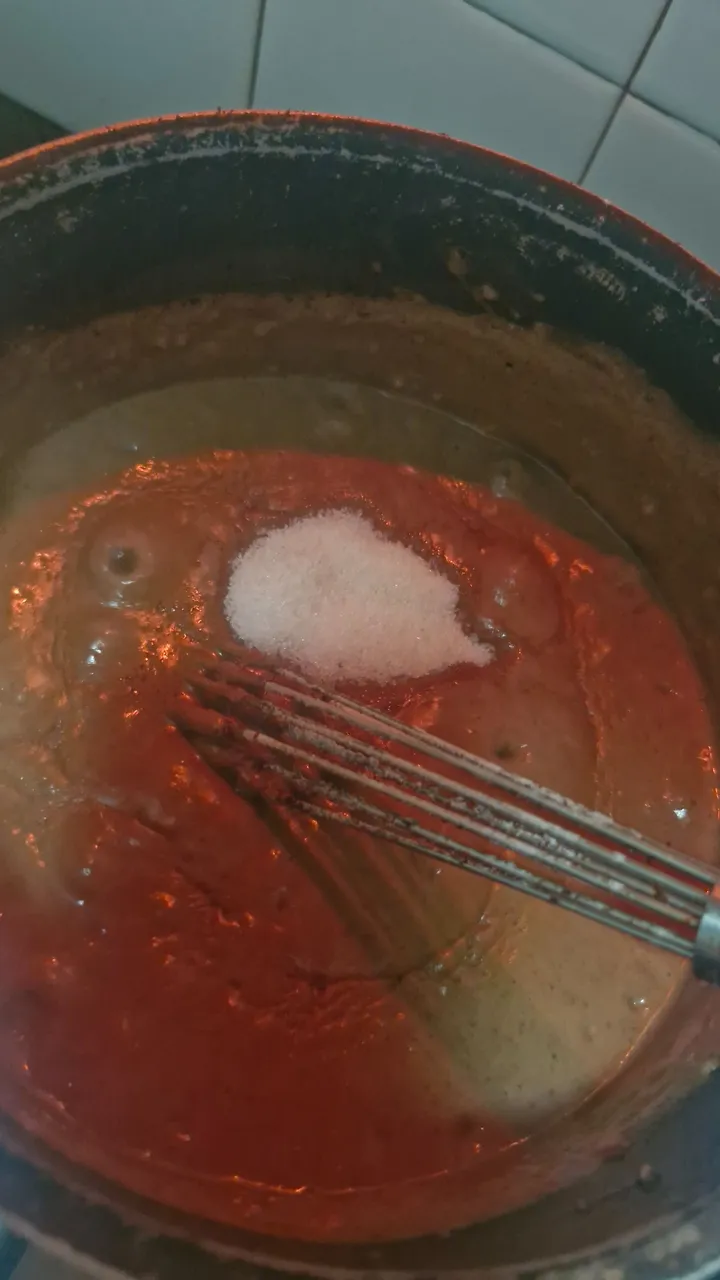
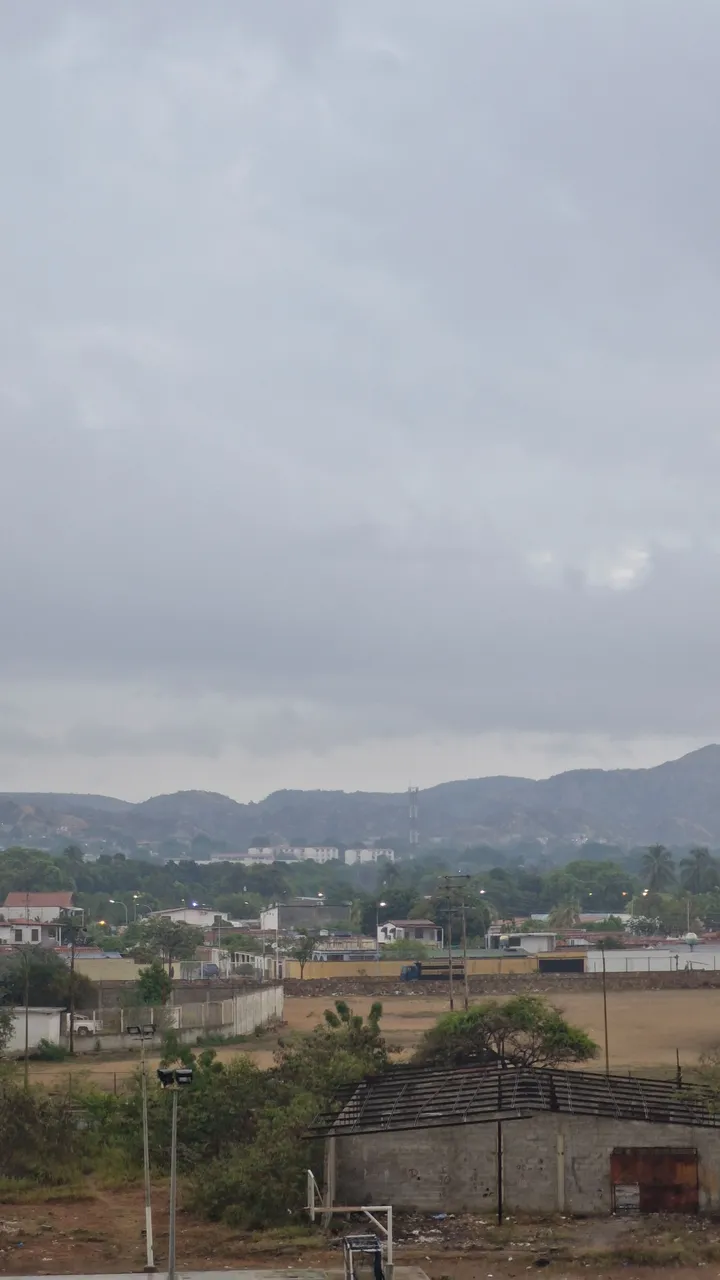
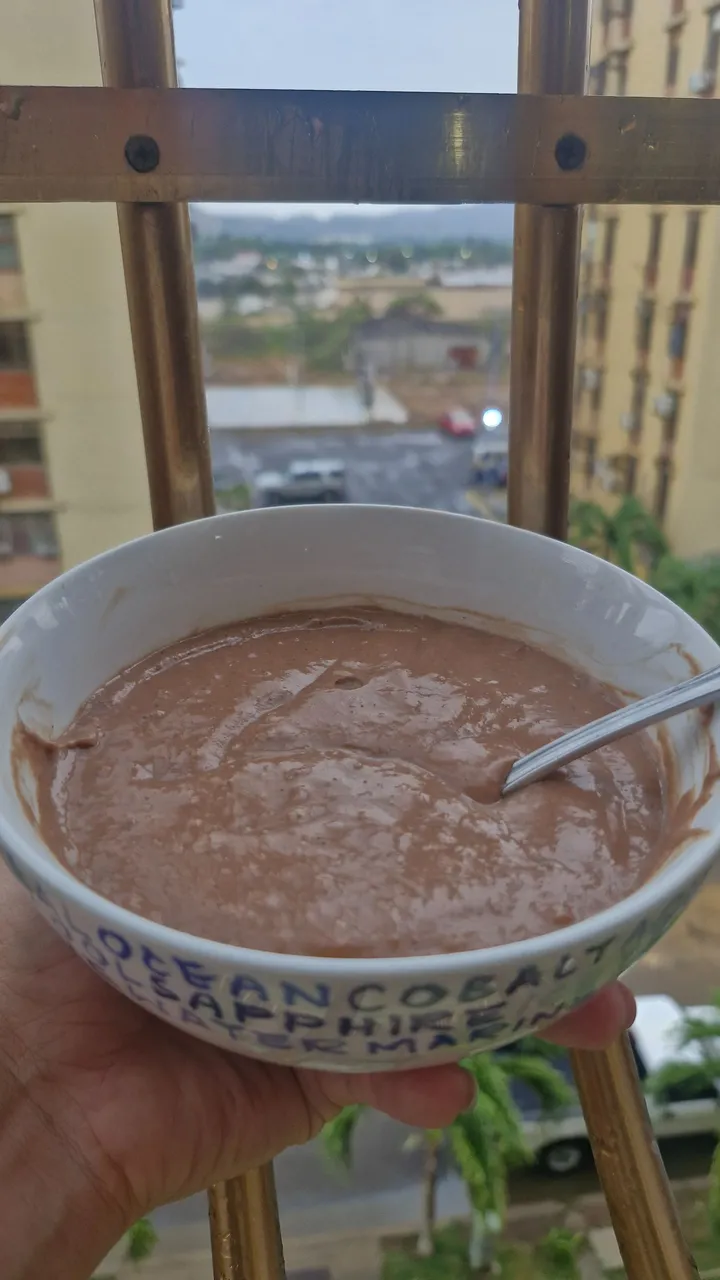
***
Hello friends chocolate lovers, today I want to confess a guilty pleasure which is to drink hot chocolate on rainy days. Why, who can resist these climates?
This is a custom that comes from many years ago. My mommy used to say that, when she was a little girl, her daddy couldn't see the clouds turning gray, he would immediately set up the chocolate pot. Although he passed away when I was 10 years old, I remember how delicious his chocolates were, then my mom continued with that delicious tradition and although we no longer live in the same place, it was my turn one rainy day to continue the tradition, that's how I tried to make my first hot chocolate.
I forgot to tell you that the traditional way my grandfather made it was not with industrial hot chocolate, but with the cocoa paste that was sold in the villages of my Venezuela.
Recently, when I went to the town of Rio Brito, I was given a ball of that cocoa paste that solidifies with time, but it can be dissolved again. That is why today I will tell you how they made it and how I made it remembering their recipe.
It is worth mentioning that I did not measure exact amounts because I was tasting little by little until I got the flavor and thickness I was looking for, since I feel that hot chocolate is something to everyone's taste. I like it very thick that I can eat with a spoon and little sugar.
Ingredients:
- Cocoa
- Powdered milk.
- Cornstarch
- sugar
- clove spice
- cinnamon stick
Procedure:
In a pot with water add the cinnamon stick and cloves, when it is boiling add the previously grated cocoa, move with a whisk until it dissolves, then add the milk and cornstarch and finally the sugar, move constantly until it boils and thickens and turn off in about 5 minutes.
For me Venezuelan cocoa is one of the best in the world and enjoying it on a rainy afternoon is even more delicious. See you in a future post, thanks for all the support and all the love.









Fotos tomadas por | Photos taken by @cynthiacvb
Dispositivo | Device | samsung s23 FE
Fotos editadas en: |Photos edited in | canva / snapseed
Traducción con | Translation with| DeepL